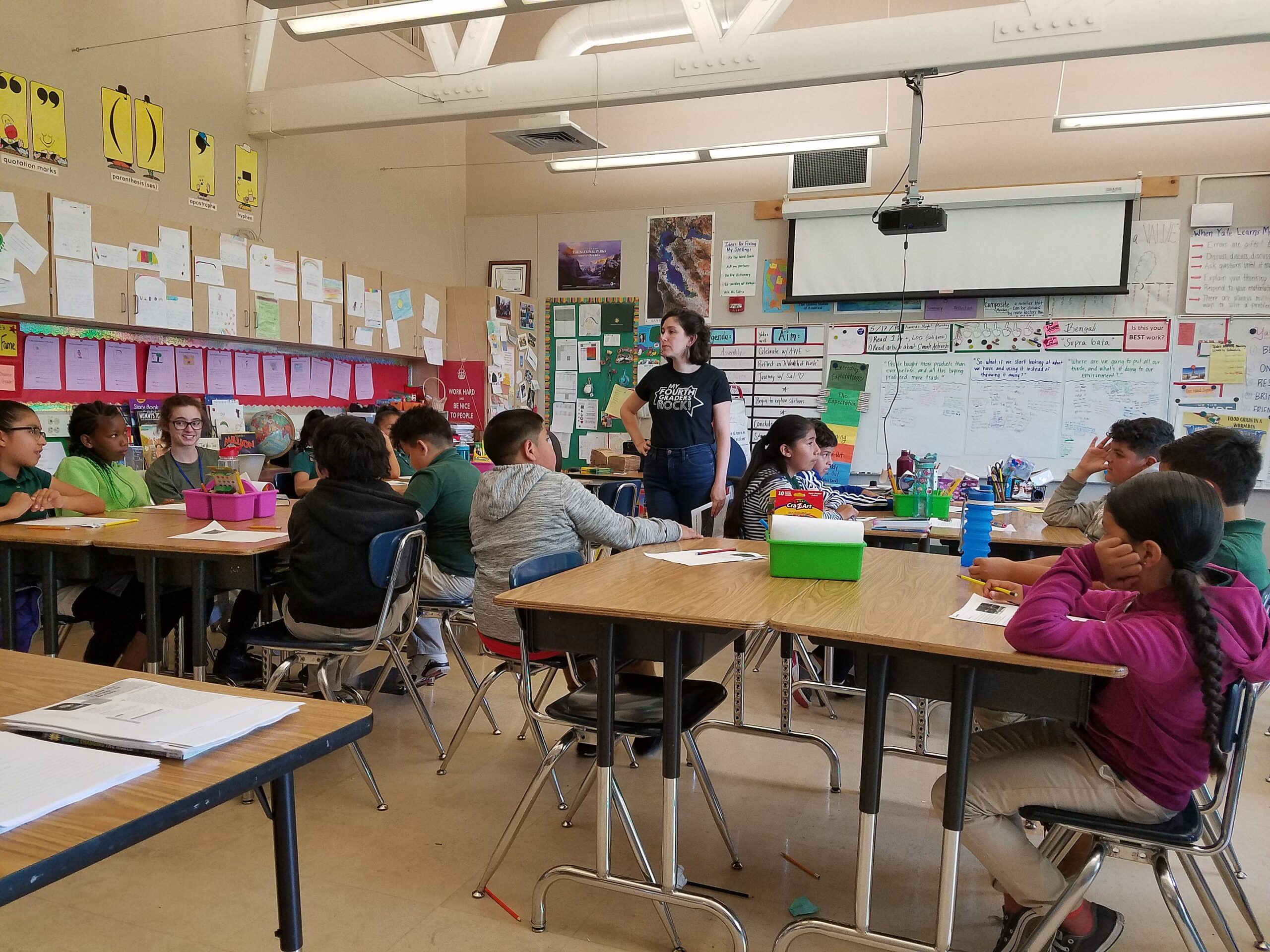Design Thinking in Grade 4

Design thinking is a problem-solving process that can help students think creatively and develop innovative solutions to real-world challenges. When students engage in design thinking, they are encouraged to think outside the box, work collaboratively, and be persistent in the face of setbacks. As students move up in grade levels, the complexity of their design challenges and their problem-solving skills increases.
Here are some tips and suggestions for implementing design thinking in a fourth-grade classroom:
Introducing Design Thinking to Fourth Graders
A great way to introduce design thinking to fourth graders is to take them through a simple, step-by-step process. Begin by explaining the four-step process: understanding the problem, ideating possible solutions, prototyping a solution, and testing the prototype. Next, guide students through a design challenge that is age-appropriate, such as designing a new toy or creating a game that can be played outside. Encourage students to work in small groups and provide them with plenty of time to brainstorm and prototype their ideas.
Design Thinking Challenges for Fourth Graders
Here are a few design thinking challenges that are accessible and relevant for fourth graders:
- Design a new gadget that would make life easier for your family.
- Create a new game that can be played with a partner or a group.
- Create a new invention that would make the world a better place.
Tips for This Grade Level
Fourth graders may find some design thinking concepts more interesting or challenging than others. Here are a few concepts to keep in mind:
- Empathy: Encourage students to consider the needs and feelings of others when developing their solutions. Ask questions like “Who will be using your solution?” and “What problems will your solution solve?”
- Brainstorming: Teach students to generate a large number of ideas, even if they seem silly or unrealistic. Remind students that there are no wrong answers during the ideation phase.
- Feedback: Encourage students to provide constructive feedback to their peers during the testing phase. Remind them that feedback is an essential part of the design thinking process, and that it helps us refine our solutions and make them better.
Recommended Building Materials
When working with fourth graders, it’s important to choose materials that are both affordable and easy to work with. Here are a few suggestions:
- Cardboard boxes
- Popsicle sticks
- Recyclable materials
In Conclusion
By introducing design thinking to your fourth graders, you can help them develop important problem-solving skills and encourage them to think creatively. By providing them with an age-appropriate challenge, relevant design thinking concepts, and accessible building materials, you can help them succeed and have fun in the process.
If you found this content helpful, you might enjoy this series of Imagineerz blog posts and check out Get Started with Design Thinking!


